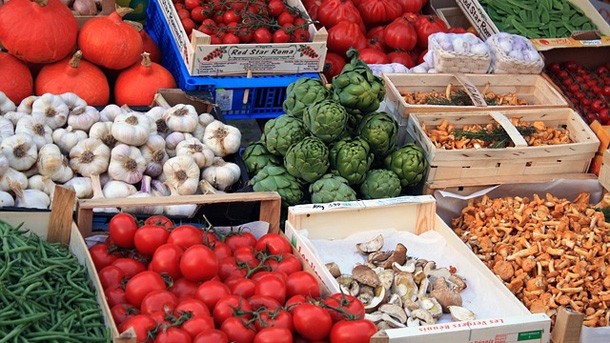How to make the most of the drop in food inflation

Supply chain consultancy Prestige Purchasing has lowered its food inflation forecast from 3.8 per cent (in December 2013) to 2 per cent this month. The change is based on a number of factors, the most important being higher-than-expected yield in a lot of agricultural commodities.
“The reasons for our new prediction are to do with a complex mixture of things. At the heart of that is the somewhat better climatic conditions globally, but in Europe in particular, which have led to a much higher yield, particularly on grains and cereal. Stocks are much higher than we anticipated in December last year.
“The pressure in the retail sector with the price war going on in the retail world is driving down consumer prices, which is pushing back up the supply chain and pushing down producer prices.
“In addition, there’s been a relative strengthening in sterling, which means that importing goods is lower-cost today. The combination of these factors has made a substantial difference,” Prestige CEO David Read told BigHospitality.
Though prices are currently stable or deflating, the trend is not expected to last, which explains the yearly prediction of 2 per cent, and the firm expects inflation to be higher than that in 2015.
The meat exception
While the price of most food items – including cereals, dairy, fruit and vegetables – are currently at record lows, meat is one product that has remained high, due to ever-increasing worldwide consumption.
“There are some particularly distinctive features with meat, mostly driven by increased consumption in the world, in a way that pretty much no other food has been experiencing.
“Meat consumption is rising very fast, which is putting quite a stretch on available products. In fact, demand was so high on meat last year that some markets, like Australia, are actually stemming the amount of supply because they want to rebuild stocks,” pointed out Read.
We’re pretty convinced that inflation has fallen a long way. If you look at the CPI index for example, it was around 4 per cent last year, and it’s actually in a minus number in May. That makes us feel that circumstances have changed, mostly because of much higher production.
Menu mix
It is important that restaurateurs keep themselves informed of food inflation levels, as it can help them improve margins and build stronger supplier relationships.
According to Read, a lot of fast-casual brands have been successful in reviewing their menu mix to rely less on expensive items such as meat and seafood, and more on cereals and vegetables.
“When you’re in a position where cereals and grains, dairy, fruit and vegetables have all been running at a low level of inflation, and in some cases deflation, using these products more in the menu mix and reducing reliance on more expensive, higher-inflation items like meat and seafood is clearly a good way of improving margins,” he said.
Moreover, knowing inflation is low can put restaurateurs in a favourable position when negotiating prices with suppliers.
Price benchmarking
Read explained: “It is important to make sure that in these markets where prices are stable or falling, you actually take advantage of the price decrease happening upstream in the supply chain. If your supplier isn’t reducing your prices for products that include cereals for example, it would be a good idea to have a chat with them, because there’s a lower cost out there that could help your margins.”
He added that times of low inflation are also opportune for asking suppliers to fix prices in exchange for continued custom.
“It’s an important time to be benchmarking your prices, so it’s a good idea to talk to other restaurant businesses and find out how much they are paying for products for example. We have not seen such a sharp change in inflation on food for several years now, and this is a very important time to ensure that you’re getting the best deal.”















